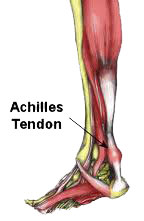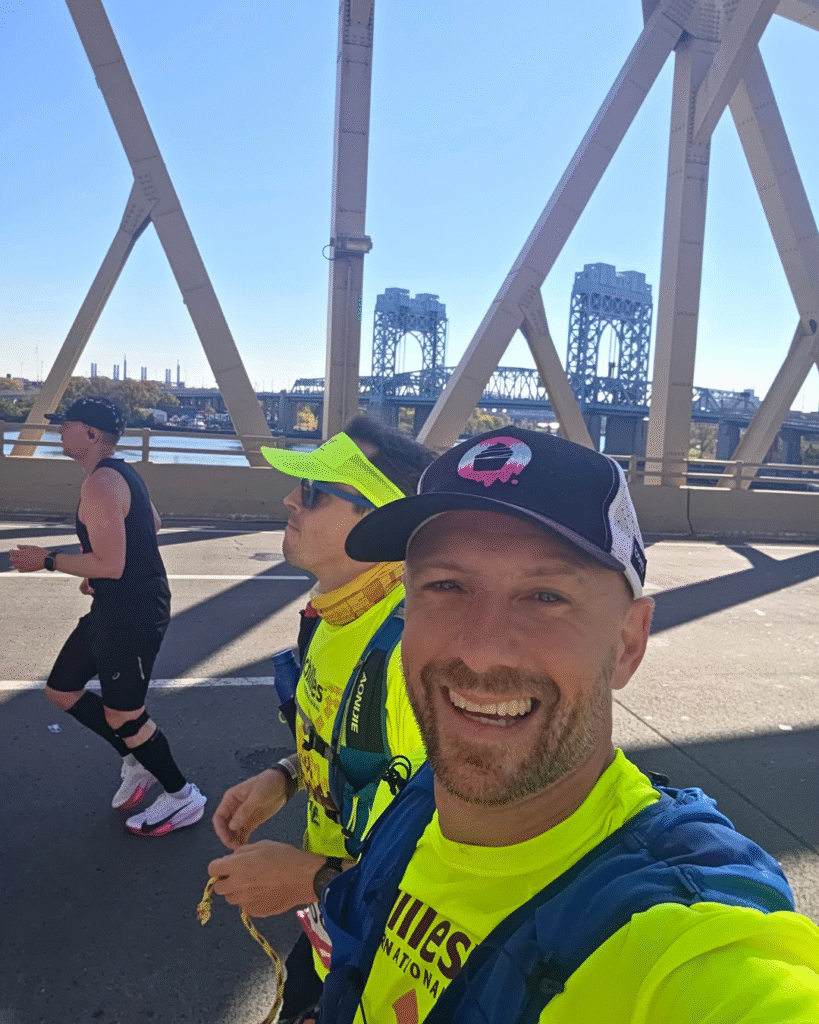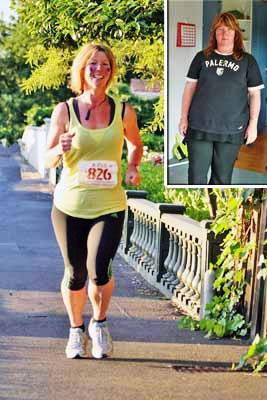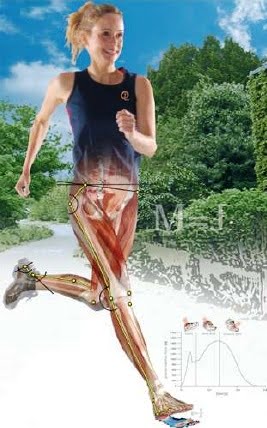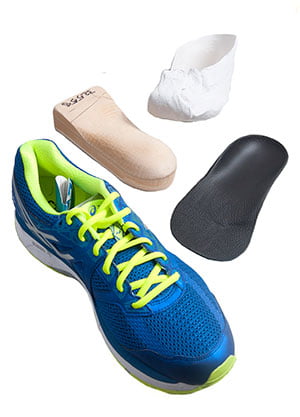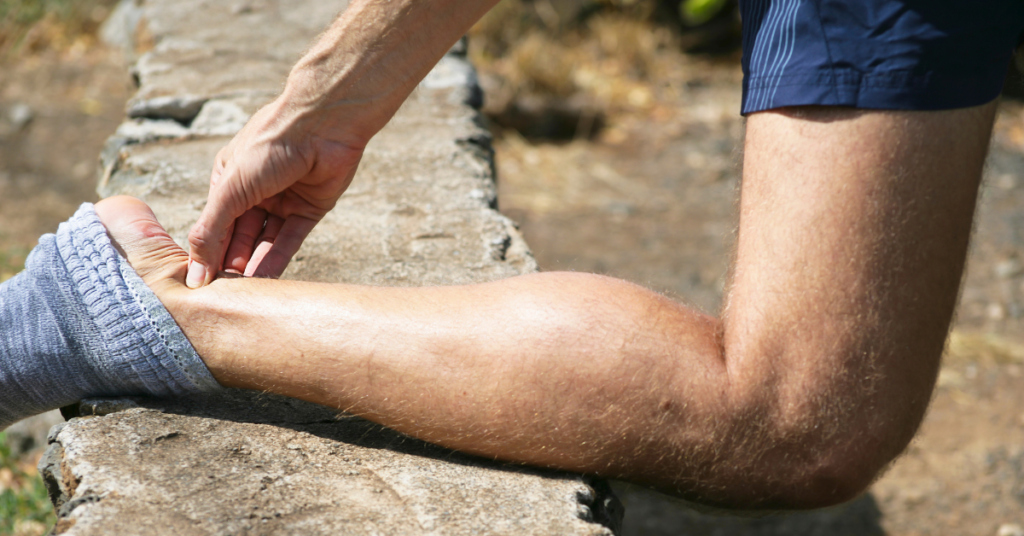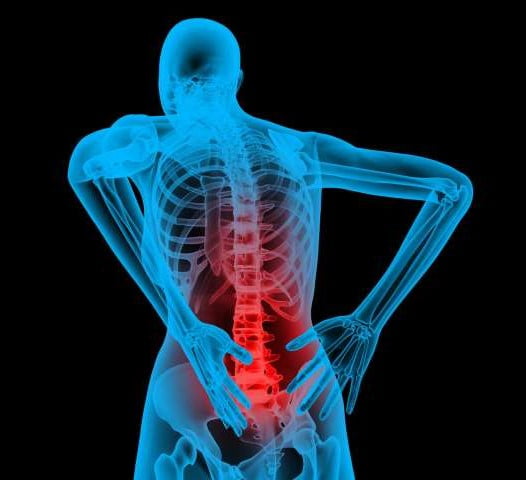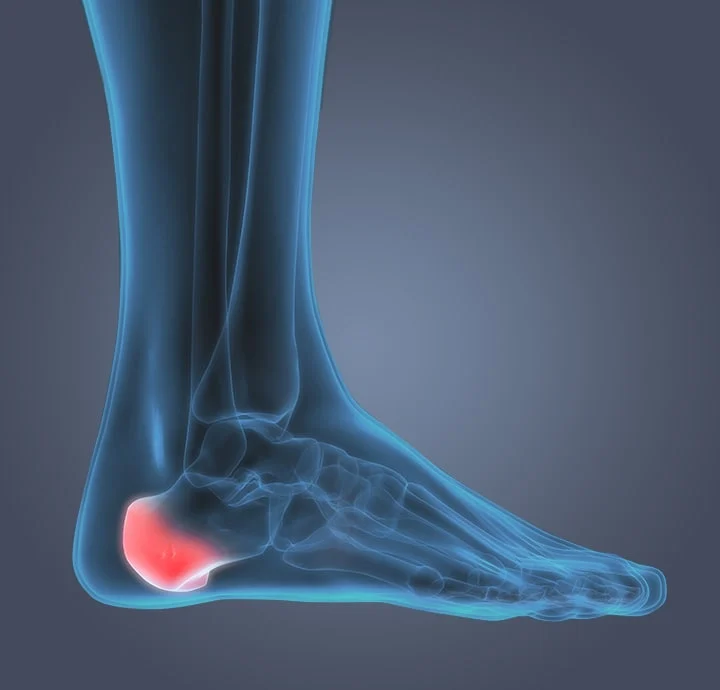Posts Tagged ‘Heel Pain’
Achilles Tendon Pain
Understanding Achilles Tendon Pain: causes, risks & how a podiatrist can help Around 30% of people who experience Achilles tendon pain don’t regularly participate in sports or structured exercise. In fact, Achilles tendon issues are extremely common in adults over the age of 35. As we age, the collagen fibres within the tendon naturally change,…
Read MoreRunning an international Marathon without sight!
Training for a marathon demands dedication, consistency, and resilience, but guiding a visually impaired athlete adds an entirely different layer of responsibility. Injuries suck for any athlete, but this moves to a whole new level when someone else is relying on you, and when pain strikes, it doesn’t just impact your performance; it affects the…
Read MoreHealth & Wellbeing
The hidden barrier to your health goals Orthotics + Correct Shoe Fit = Exercise Ability + Weight Loss + Longevity We’re constantly bombarded with advice about healthy eating and regular exercise as the keys to sustainable weight loss and optimal health. Yet there’s a fundamental truth that’s often overlooked: none of these well-intentioned efforts matter…
Read MoreBio-Mechanical Assessment & Gait Analysis
Understanding your foot’s complex foundation The human foot is a remarkable piece of engineering, containing 26 bones, 33 joints, and over 100 muscles, tendons, and ligaments working in perfect harmony. This intricate arrangement creates a strong, stable foundation that must adapt to countless surfaces, speeds, and athletic demands throughout your lifetime. The foot’s biomechanical system…
Read MoreCustomised Orthotics
Everything works best when it’s in the right place That includes the bones and alignment of our feet. When our feet are working as they should, they provide the foundation for our entire body. But when something is out of place, whether through injury, poor alignment, or structural imbalance, problems can quickly develop. At Waikato…
Read MoreHeel Pain in Children
Don’t let foot pain stop your child’s active life Activity is extremely important to the health and wellbeing of our children. Physical activity builds strong bones, develops coordination, boosts confidence, and establishes lifelong healthy habits. However, foot pain can quickly derail a child’s participation in sports and activities they love. The good news is that…
Read MoreProfessional Boundaries and Relationships “Teamwork!”
The importance of expertise and collaboration Sometimes in life and business, it is tempting to be all things to all people. Attempting to do everything can compromise quality and effectiveness. In healthcare, specialisation is key—it ensures patients receive the highest level of care from experts who are best suited to address their specific needs. At…
Read MorePosterior Tibial Tendon Dysfunction (PTTD)
What is Posterior Tibial Tendon Dysfunction? Posterior Tibial Tendon Dysfunction (PTTD) may sound complicated, but understanding this condition is crucial for anyone experiencing unexplained foot pain or flattening arches. The posterior tibial muscle originates high on the inside of your leg. This important muscle connects to a tendon that travels down the back of your…
Read MoreFoot Problems Can Cause Back Pain
The Surprising Connection Between Foot Problems and Back Pain Did you know that some back problems are directly related to poorly functioning feet? By properly supporting and controlling foot function, your back pain could be considerably reduced. If you’ve struggled with persistent back pain, this information could change everything. The Missing Link in Back Pain…
Read MoreDo I Have a Heel Spur?
Debunking the Heel Spur Myth: What’s Really Causing Your Heel Pain Unless your healthcare provider has X-ray vision like Superman (complete with cape and outside underwear), they can’t diagnose a heel spur just by looking at your foot. Only an X-ray can confirm if a heel spur is present, and even then, the spur rarely…
Read More
